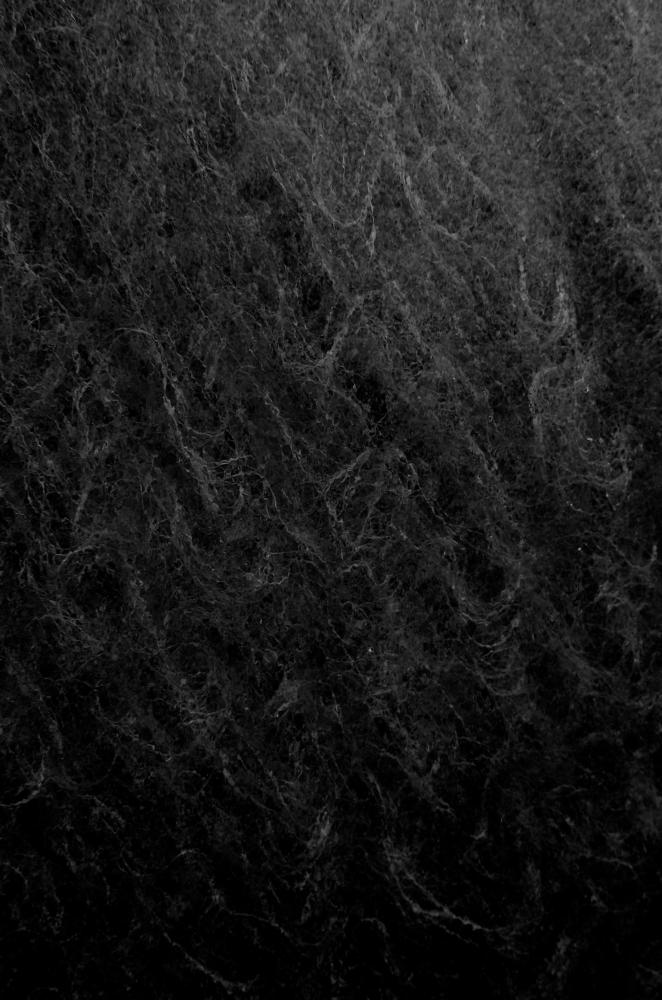Album Review: The Mantle
Written by Eric Arnst on May 13, 2020
Title: The Mantle
Artist: Agalloch
Record Label: The End Records
Release Date: August 13, 2002
*****
I will be reviewing The End Record’s 2002 release of The Mantle by Agalloch. Agalloch formed back in 1996 and split in 2016. They hail from Portland, Oregon.
Now, before I review this album, I have to disclose some things.

First off, this album is admittedly one of my favorite albums of all time. To describe Agalloch in one genre is hard to do, and it also would be doing them a disservice due to how diverse the band’s sound is. They have been described as atmospheric black metal, post-metal, folk metal, ambient and neo-folk. To me, they are a blend of all those styles.
For many Agalloch fans, this album is considered their magnum opus due to the album being the pinnacle of what Agalloch is about. Their debut album, Pale Folklore, paid homage to Ulver’s debut sonically. Due to the success of that album, they made The Mantle. The band expanded their sound on this album from just having a black metal-based sound with folk elements.
During the making of this album, guitarist Don Anderson says that the band was highly influenced by Godspeed You! Black Emperor, and you can hear it with the ambient sections of the album, which contributes to the beautiful and melancholic atmosphere the album has.
The album starts off with an acoustic/folk song called “A Celebration for the Death of Man”. It introduces the album to the listener and gives them a slight idea of how the album will be structured. The entire album is based around three chords, being played in different variations and strummed in different patterns.
The track also segways into the 14 minute plus masterpiece titled “In The Shadow of Our Pale Companion”. The song captures the overall essence of Agalloch’s sound. The song also lays out the overall tone of the entire album and is often considered the best song Agalloch ever wrote.
After that song, the album goes into the second instrumental track, entitled “Odal”. “Odal” is an absolutely beautiful and atmospheric song. You hear a blend of acoustic, distorted guitars and ambiance that creates a very melancholic, yet beautiful atmosphere. The piece ends with a melancholic piano playing.
The next song on the album is “I Am The Wooden Doors”. The song is the most aggressive track on the album. It has moments of subtlety on it but is still more abrasive sounding compared to the other songs on this album.
It retains the sound that was on Pale Folklore. It is easily the most black metal sounding song on the entire album but still has the cold and beautiful atmosphere.
The next instrumental on the album is entitled “The Lodge”. The three chords idea returns in this track but in a different variation and tone. Along with it are echo-like ambient sounds, and a unique clicking sound that is created by hitting a deer skull, which is what front man John Haughm did. It helps contribute to the atmosphere the album is trying to achieve.
This leads to the next song, entitled “You Were But A Ghost In My Arms”. That song blends the black metal sound captured on their debut along with the acoustic and ambient sounds on this album. It helps create a melancholic yet blissful tone.
John Haughm’s vocal approach on the album is absolutely beautiful. The raspy and cold-sounding shriek type of vocals fits along with the coldness of the album. His whispering vocals gives off a wind-like effect that contributes to the cold. His monotone, baritone singing helps add to the beautiful sound of the album, and it is all captured in this song and “In The Shadow of Our Pale Companion.”
The final instrumental on the album is “The Hawthorne Passage.” This track has different passages and different tones to each section. It starts with a melancholic tone and then transfers into a more bluegrass and western sound. The next section is a more upbeat guitar rhythm with a reverb effect.
As strange as it sounds, the band executed it very well. The next section is a sample of cars driving over the Hawthorne Bridge in Portland, Oregon. The song ends with samples from a Swedish film.
The next song, “…And the Great Cold Death of the Earth”, goes back to the tone and three chords that are used in the introduction of the album. However, it pushes the neo-folk element even more. The song ends with the chords in the first track.
The final song on the album is called “A Desolation Song”. The album is a pure folk song with John Haughm having a whispering/speaking vocal approach that just works with the instrumental. The song is representing the end of the musical journey you experience on this album. The track and entire album ends with the click of the deer skull.
The production value on this album is just top-notch. It makes the album sound very natural. This album proves to be the work that solidifies Agalloch’s legacy, and it is unfortunate that they are no longer together.
This album is just a masterpiece and highly recommended to not just metal fans, but any music fan.




